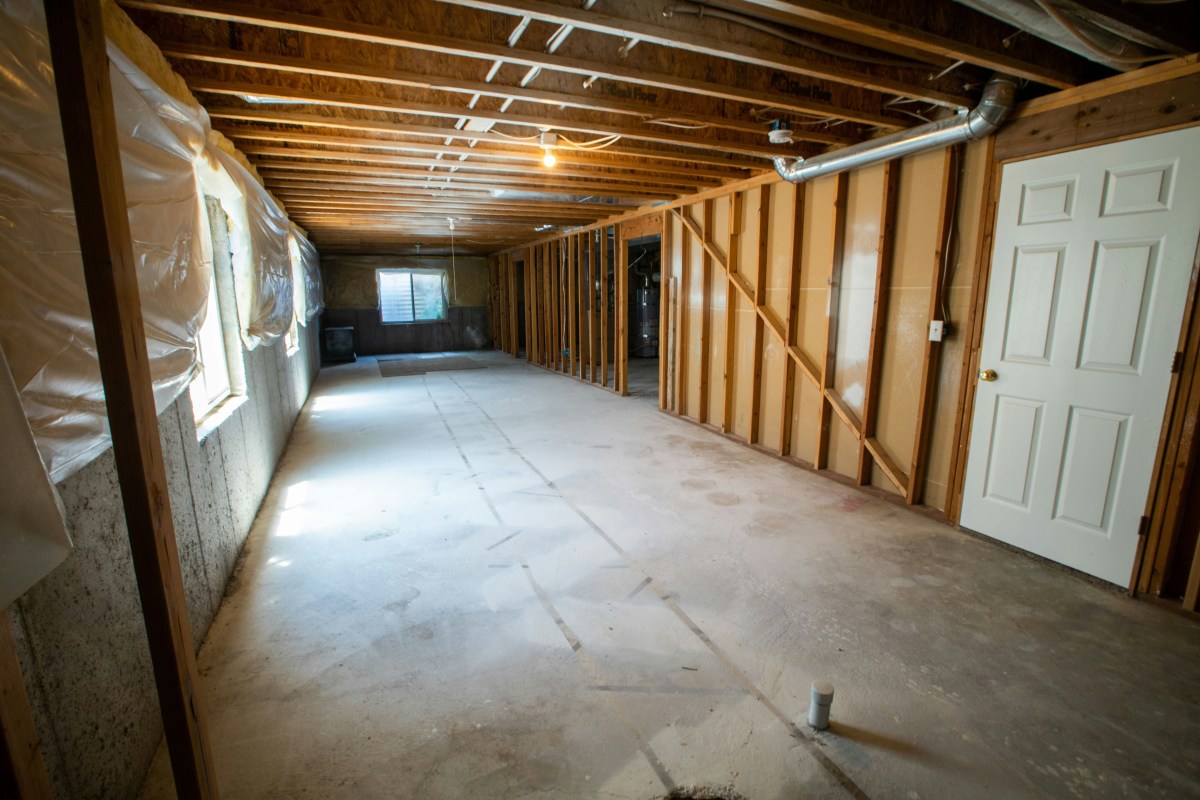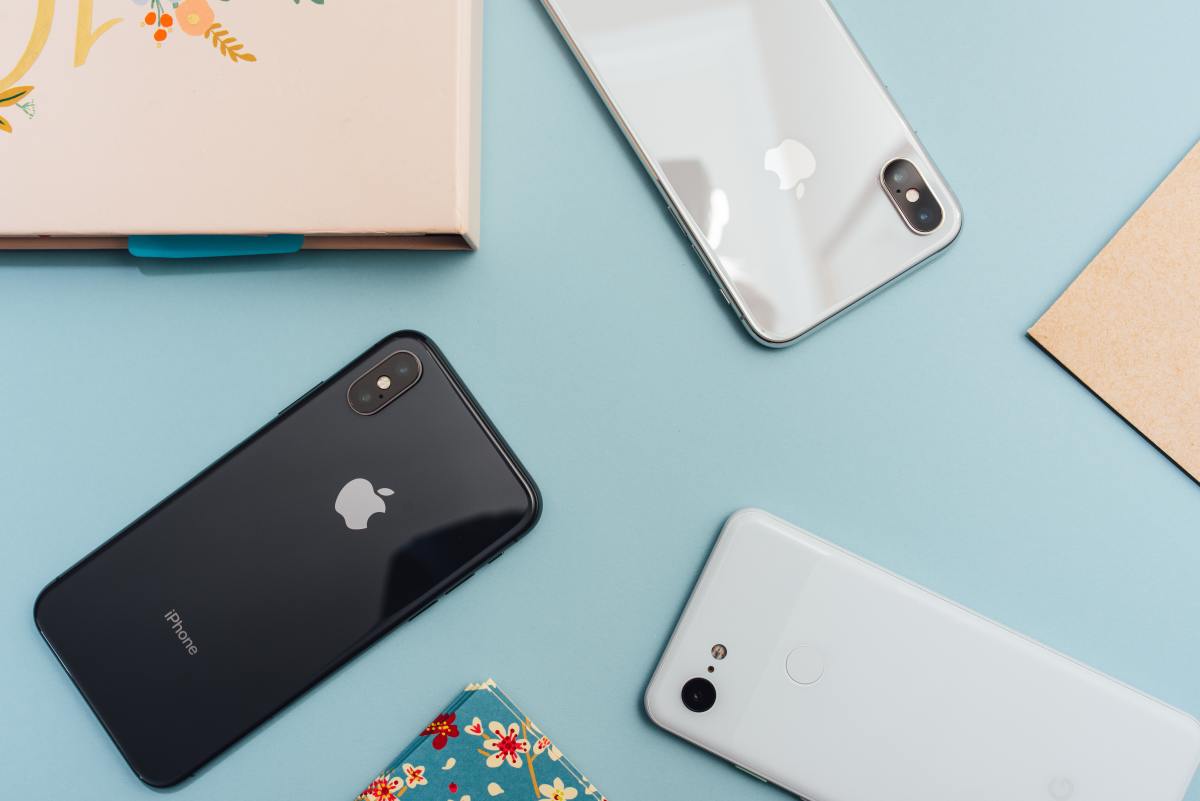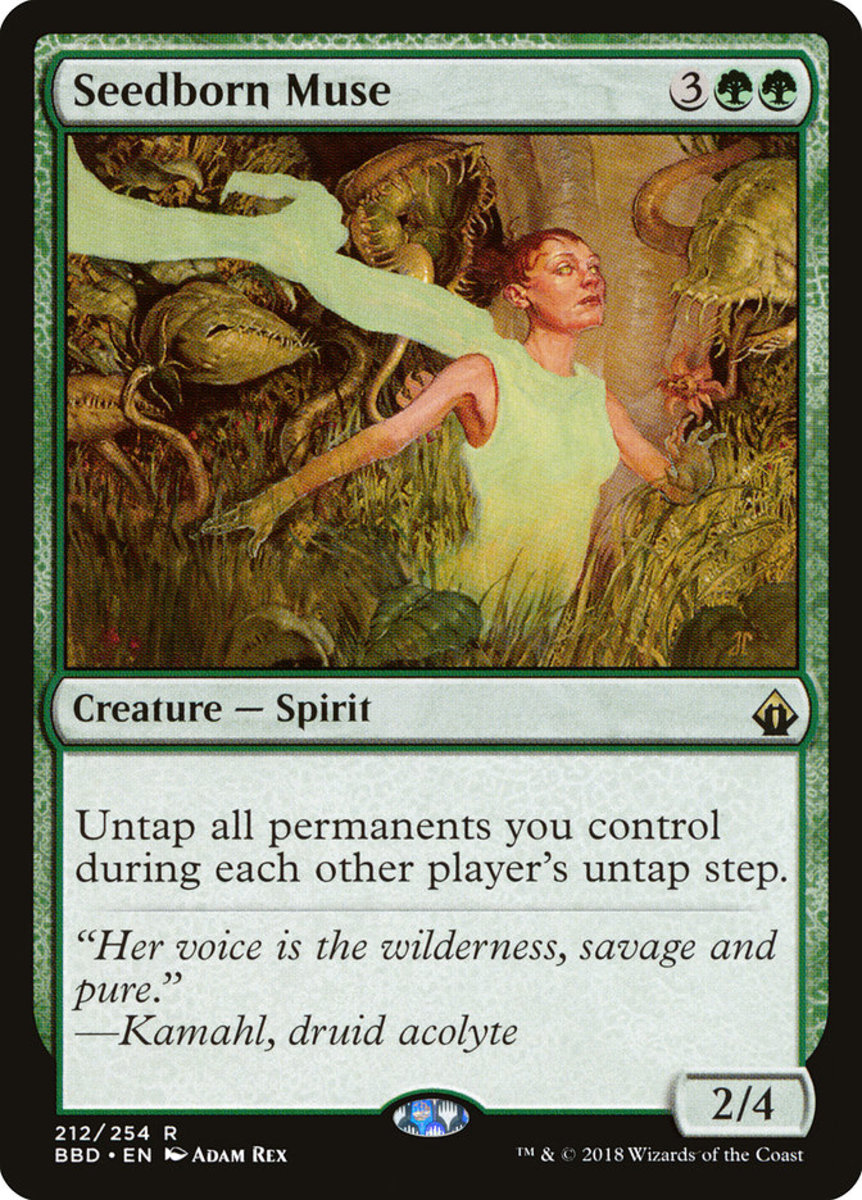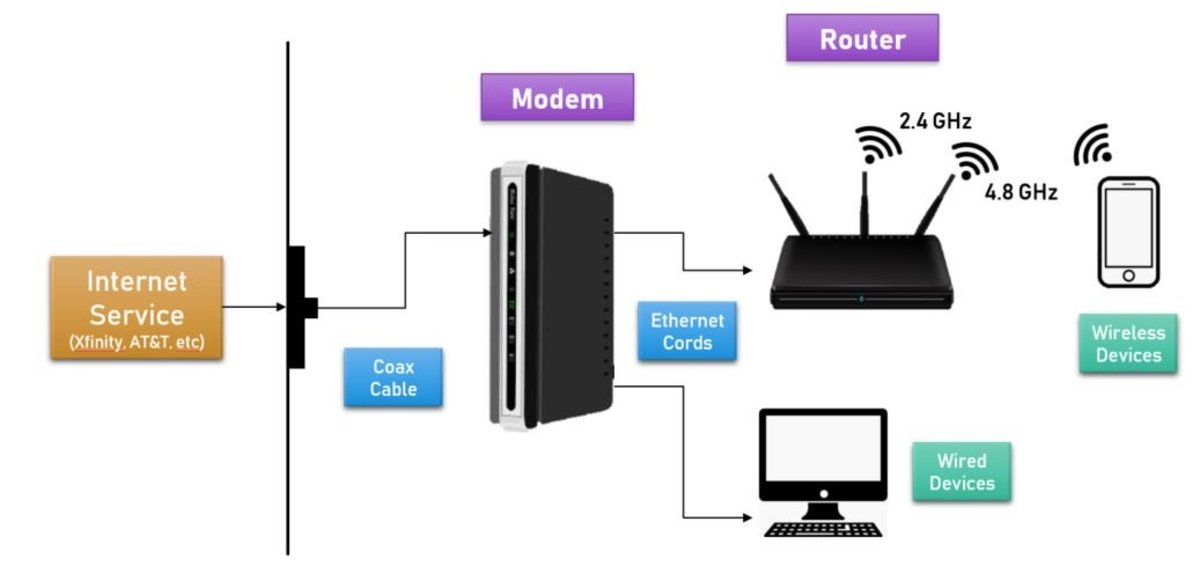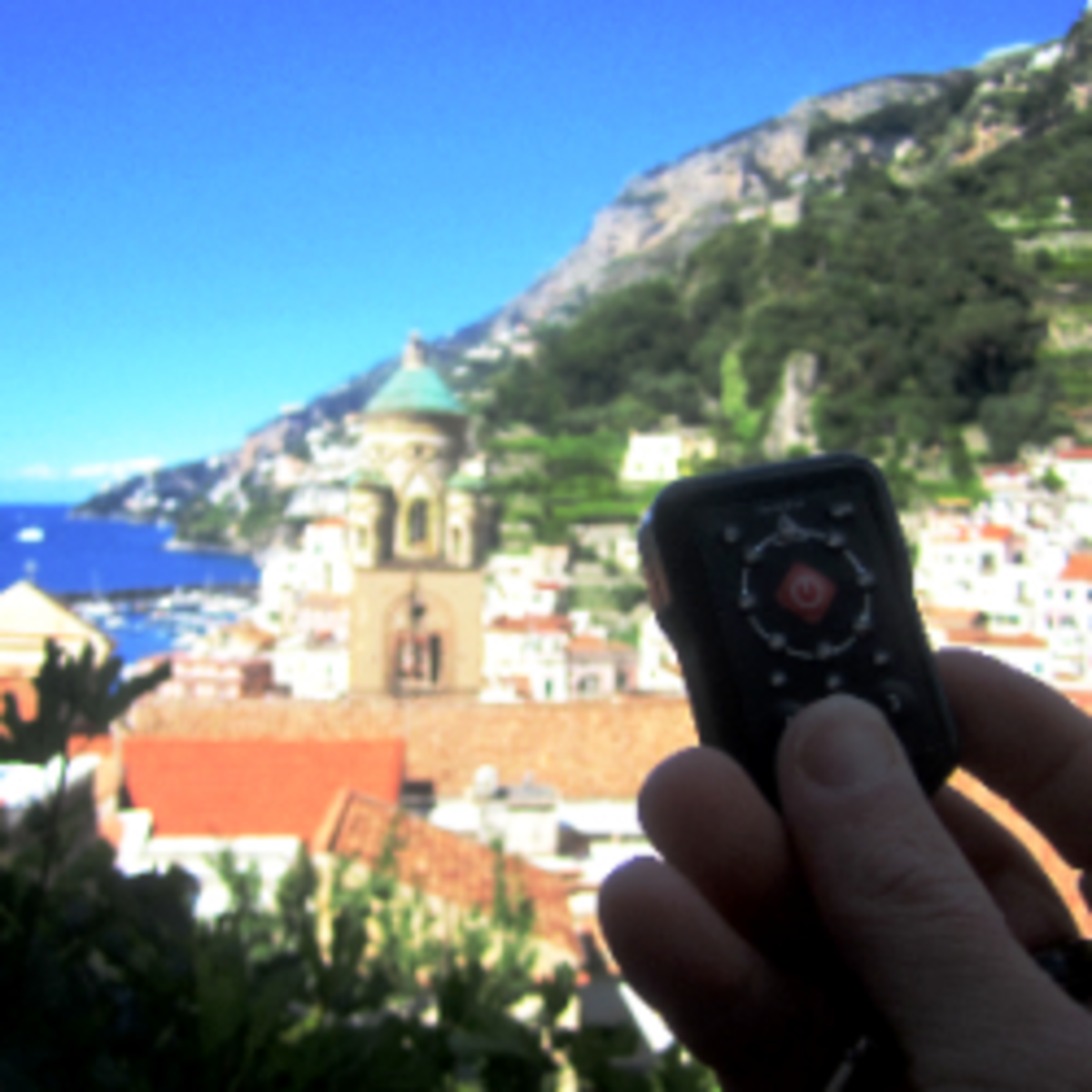Why You Need Surge Protection: Don't Risk the Dangers of Not Doing So
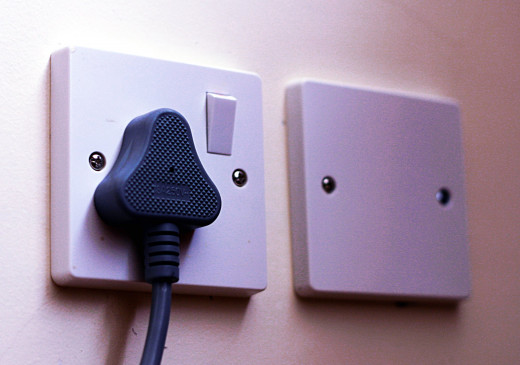
DISCLAIMER: Any wiring must be done by a qualified electrician. If you are worrying about your electrical installation after reading this article, call out a qualified electrician to inspect your wiring. The information in this article is a guide only.
Virtually every home has electronics that cost a lot of money that are plugged in, or have to be charged. Nothing is worse than one of them breaking - except when your warranty doesn't cover it.
Power surges, thankfully, aren't an everyday occurrence - however, people often don't realise their prized electricals may not be protected from power surges that could cause them to be destroyed, or worse: set on fire.
This guide explains how adequate surge protection will give you peace of mind, and protection for your gadgets should the worst happen. It will also explain what to look for when purchasing surge protectors to ensure quality and efficacy.
Why do I need surge protection?
Devices are designed to operate within certain voltage levels. Changes in voltage can cause damage to the device, ranging from a small amount, to completely breaking it. Such power surges or "spikes" can be caused by faulty electricals in the home, a power spike caused within the electricity network, or even by lightning.
Warranties usually don't cover this sort of thing, so any devices damaged will be useless. In some situations, devices can even set on fire, which is a danger to everyone - especially if you are asleep.
Small power surges can cause cumulative damage to devices, causing them to break unexpectedly. Warranties often will not cover this sort of damage either.
Whilst surge protectors cannot be guaranteed to protect your devices, especially if your house is directly struck by lightning, they can offer peace of mind and good protection for the vast majority of power surges.

What to look for
Firstly, a normal 4-gang or 6-gang extension cord (or power strip) will offer no protection against power surges unless marked as such. Check all of your extension cords that you believe to be surge protected (if you have any) to make sure they are. Also check they are fully functioning - if there is absolutely anything wrong with them, even if it doesn't stop items drawing power, then you may not be protected in the event of a surge.
A basic surge protector will provide a good amount of protection for devices, and are useful if you are merely using them for plugging in phone chargers, or small devices.
A more expensive surge protector may include certain features that you may need for certain parts of the house, or may be desirable to ensure complete peace of mind.
A more expensive surge protector may feature:
- Phone line/network cable surge protection: this is vital to ensure protection to any devices (such as routers, landline telephones, set-top boxes, etc.) that have such connectors, as a surge may travel through phone lines. If you still have a computer with a dial-up modem, this is even more vital to ensure the protection of your computer.
- Surge protection indicators: you can ensure that surge protection is active with an indicator - a nice bit of peace of mind.
- Equipment guarantees: more expensive surge protectors may include guarantees up to a certain value that mean if connected products are damaged during a surge when connected to the surge protector, an amount will be reimbursed to the purchaser on claiming. Ensure you keep this guarantee if you intend to use it should the worst happen. This would come in handy if you want complete peace of mind over your electricals.
- Aerial/Cable/Satellite surge protection: Not only are phone lines and network cables vulnerable to surges, but these cables are too. Often, your roof aerial is the highest point on your house, so it's not surprising that they can often be struck. You can buy these separately to extension plug surge protectors, but you will find some combined versions too.
Warnings and advisories
- Don't presume you already have surge protectors simply because they look like they are - check they are labelled as such. Some cheaper 4-gang and 6-gang extension sockets look exactly like surge protectors, so you do have to be careful
- Don't waste surge-protected sockets on things such as plug-in air fresheners. In any case, battery-powered ones are often much more economical
- Buy branded - cheaper versions from eBay are often knock-offs that don't conform to safety standards, or don't offer adequate, or even any, surge protection. Some are so bad that you can't even plug items in properly!
TOP TIP - Always check for a British Standard kitemark or International Standards Organisation (ISO) conformity.
Households these days have lots of devices you couldn't live without - it'd be reassuring to know that your devices have an extra shield against damage with a surge protector. It could pay dividends by protecting your devices from small power spikes that you might not even know are causing damage.
What electrical item would you miss the most if it broke?
Additional information
- NICEIC - certified electrical contractors
NICEIC is the electrical contracting industries independent voluntary body for electrical installation matters throughout the UK. We offer industry-leading certification services, Building Regulations Schemes, products and support. - BSI UK | Standards, training, certification and testing services
BSI offers assessment, certification, testing and training services in all areas of management systems with more than 64,000 certified locations worldwide. - ISO - International Organization for Standardization

